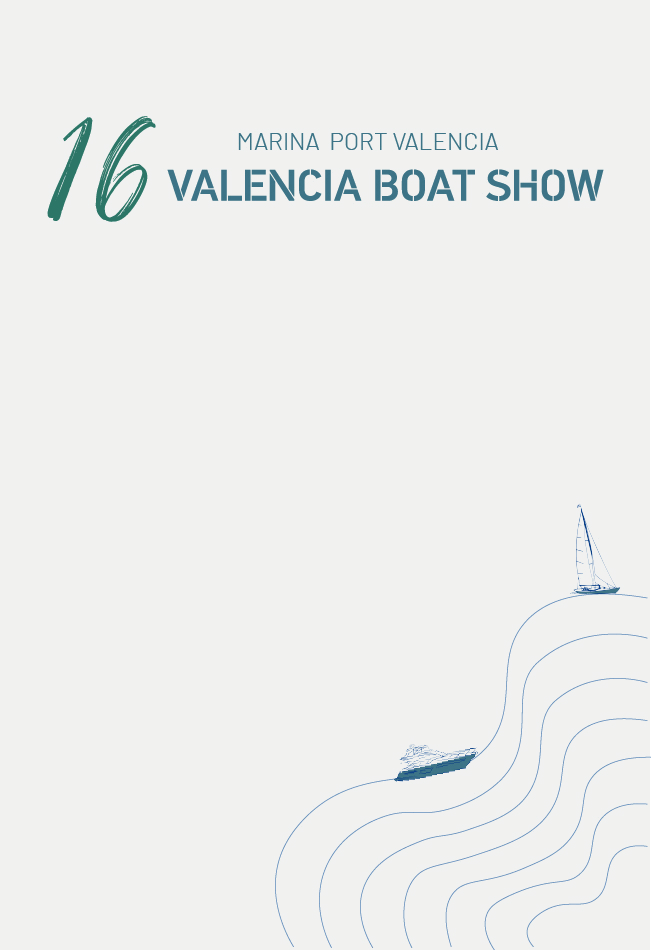In my last article I discussed the importance of certain nutrients in the prevention of sunburn, sun allergy and reactions to sunscreen. In the second part I will cover the importance of sun exposure without sunscreen and sunglasses, along with building natural immunity to the sun, choosing the right skin protection and sunburn remedies.
The importance of sun exposure without sunscreen
UVB rays catalyse the production of sulfated vitamin D, a type that cannot be obtained through supplementation. Sulfate makes vitamin D water soluble so that it can travel through blood and perform its vital functions. According to dr Stephanie Seneff, a senior research scientist at the Massachusetts Institute of Technology (MIT) who is a sulfate specialist, it is the sulfated vitamin D that brings about the countless health benefits which include:
- immune and inflammatory modulation
- detoxification
- insulin sensitivity
- cancer prevention
- skeletal health
- mental health
- heart health
Conventional sunscreen works by blocking UVB rays, which inhibits the production of vitamin D to a smaller or larger extent, which depends on sunscreen factor, frequency of application and sunscreen ingredients. The ones most commonly known for inhibiting vitamin D synthesis include:
- dioxybenzone
- oxybenzone
- p-aminobenzoic acid (PABA)
Vast majority of people don’t even understand these names which is a valid enough reason not to put them on the skin. They mimic our own hormones, contributing to hormonal imbalances. And this leads me on to another anti-sunscreen argument, namely substance penetration and absorption.
Skin is a semi-permeable membrane
The skin selectively allows for a two-way movement of substances, and this is why we can sweat or benefit from Epsom salts baths. This also means that some of the ingredients in conventional sunscreen may get into bloodstream. Eating cosmetics sounds crazy but ultimately, it may have a similar effect as putting it on the skin. Moreover, when substances are ingested, they get to the liver quickly where they are neutralised to some degree. When they are put on the skin, they reach the circulation before getting to the liver. This is why skin patch medicines or ointments are so effective. Does it mean that putting sunscreen on the skin may affect the internal organs? Very possibly. Not all substances will reach the bloodstream though. Some of the particles are too big and can only penetrate the skin without being absorbed. These terms are often used interchangeably, which is incorrect.
Building immunity to the sun
Everyone loves a nice sunny day which is the most primitive instinct that the sun is life giving. One of the most effective ways to get its health benefits without side effects is sunbathing in small doses without any sunscreen until you rich a point when you don’t burn any more. It may mean you start with 5 minutes but eventually will be able to work it up. Saying that, we are not supposed to spend a long time exposed to direct sun anyway, with or without sunscreen. 20-30 minutes is more than enough, after which it is best to sit in the shade, wear light clothing and a hat or use natural sunscreen. This is especially important for those who know they’re going to be exposed to the sun for long hours; e.g. on boats or construction sites. Those can benefit from natural surfing sunblocks.
Choosing the right sunscreen
Health stores offer a wide range of more natural alternatives. The most commonly used base ingredients are minerals:
- titanium dioxide
- zinc oxide
Both leave a white layer on the skin to reflect the sun. Some brands offer products with nano particles which makes them transparent but the smaller particles are associated with free radical damage. If you decide to go for natural sunscreen, use the opaque ones.
Other ingredients with approximate SPF values:
- almond oil (SPF 5)
- coconut oil (SPF 4-6)
- raspberry seed oil (SPF 25-50)
- carrot seed oil (SPF 35-40)
- shea butter (SPF 4-6)
- wheat germ oil (SPF 20)
You can use these individually or make your own sunscreen mix although you may have to build a good base to rely solely on the oils. Some of the most commonly available brands of ready made preparations around Europe include:
- Badger
- Dr Haushka
- Green People
- Lavera
- Weleda
However, new products appear on the market all the time so it is best to read ranks on the internet each year. For the most reliable information on sunscreen, visit this website.
After sun care
Even if you do not burn, it’s still recommended to eat well and moisturise the skin to prevent ageing. Some of the best natural moisturisers include:
- Cocoa butter (also deepens the tan)
- Coconut oil
- Olive oil
- Shea butter
For mild to moderate sunburn, the following can be very effective:
- 100% aloe vera
- Bach Flowers Remedies: Rescue Cream (cabinet essential for healing any external problems)
- Cold natural yoghurt compressions
- Coconut oil (even though most oils retain heat, coconut oil is cooling)
However, cosmetics are only a crutch that supports body’s internal anti-aging and repair mechanisms, for which eating a nutrient dense diet is of utmost importance:
- Colourful vegetables and fruit for antioxidants
- Nuts, seeds, their oils and butters for vitamin E
- Collagenous pieces of meat, fish eaten with the skin and bone broth for collagen and elastin synthesis
- Animal fats for retinol and arachidonic acid that helps to keep cells tightly packed
No sunglasses
The sun has one other medicinal property: it catalyses the production of melatonin sulfate, the type supplementation also won’t replace, and it can happen only when looking at natural sunlight without protection. I know a number of people who are addicted to their sunglasses – they always wear them when outside, all year round. Indeed, some can be sensitive to light but this is a sign of other internal imbalances, e.g. retinol deficiency. Often underestimated, melatonin performs vital functions for our wellbeing, and is often dismissed in hormone support therapies:
- master antioxidant, possibly stronger than glutathione, vitamin C or E
- immune modulation
- regulation of sleep/wake cycle
- regulation of all hormones
- protection of the heart
- protection of the nervous system from degeneration
- regulation of metabolism
The best thing to do is slowly build immunity to sunlight and support nutrient deficiencies that are a common cause of photophobia. Eventually, you should be able not to squint as much, and a nutrient dense diet will help you prevent facial lines. If you spend a lot of time in a place where the sun is reflected, e.g. near the water or snow, you will have to protect your eyes with polarised sunglasses but try and not wear them when conditions are more favourable.
Summary
Sensible tanning means not overdoing it and understanding your limits. By fooling nature we often go against ourselves, and search for remedies elsewhere. Sometimes all it takes is a little lifestyle change, and the results can be profound. Trusting that nature has equipped us in everything we need to happily live on planet Earth can dissipate the confusion created by conflicting information on skin cancer. Happy sensible tanning!













0 Comments